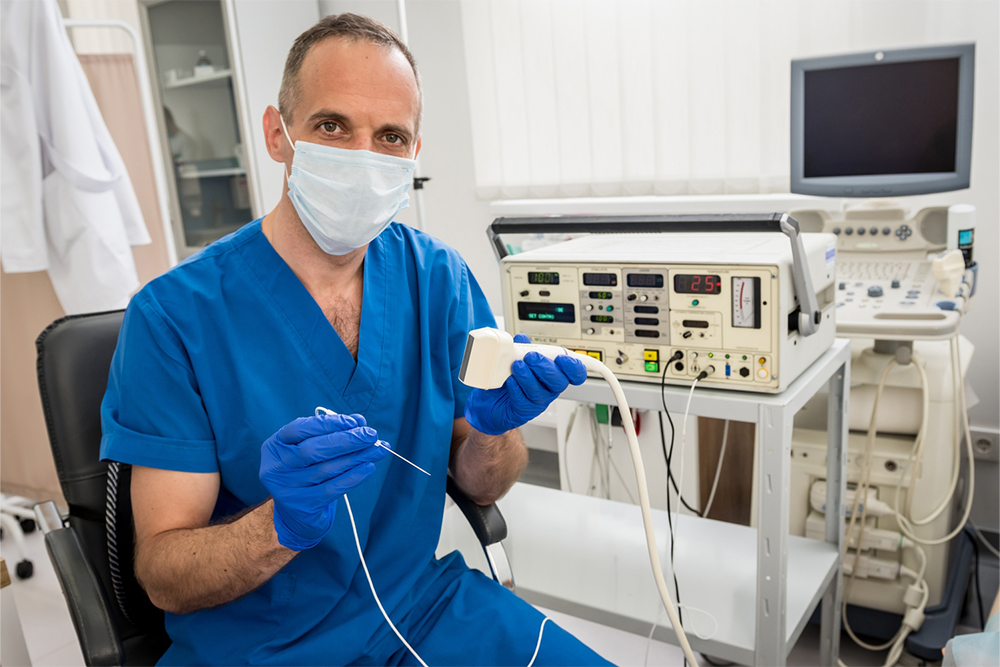Key Things to Know About an Angiogram Procedure
An angiogram is a diagnostic procedure healthcare providers use to gauge a person’s cardiac health. It uses imaging to allow the provider to look at the individual’s heart and blood vessels. It identifies and locates narrow blood vessels or blockages in the arteries and can help detect weakened blood vessels, blood clots, and plaque depositions. Doctors can prescribe an angiogram imaging when concerned about health problems relating to the brain, heart, arms, and legs.

Purpose of an angiogram
In most cases, an angiogram is performed if the patients have any notable signs of blocked blood vessels. The diagnostic procedure helps doctors locate the source of the patient’s problem and check the extent of the damage present. Angiograms empower doctors or healthcare practitioners to diagnose and chart a treatment plan for peripheral artery disease, coronary artery disease, blood clots, atherosclerosis, and aneurysm.
In addition, doctors may sometimes need a patient to get an angiogram to identify and evaluate blood vessels connected to tumors. Additionally, this testing method can be used to check the stent after it has been placed. It can come in handy when doctors want to plan stent placement, coronary bypass, and chemoembolization. When performed pre-surgery, angiograms can help doctors evaluate the condition of a person’s blood vessels.
Who performs an angiogram
Interventional cardiologists are healthcare professionals who are required to perform an angiogram. But when a patient needs an angiogram of peripheral arteries, a vascular surgeon or interventional radiologist will be needed to perform the diagnostic test. Cerebral angiograms are performed by a certified interventional neurologist. A certified professional performing the exam is trained to study the images and evaluate problem areas.
Procedure for an angiogram
Before undergoing an angiogram, the doctors inform the patients about what they should expect when undergoing angiogram testing. Most patients are advised against eating and drinking at night, with the procedure scheduled the next day. They must also be accompanied by someone who will drive them home after the procedure. It is also important that the patients inform the doctor and the person performing the test about ongoing treatments and any allergies before the procedure. Besides, one must keep insurance information and an identification card or proof of identity ready.
The nurse performs standard checks after the patient has changed for the procedure. They would take note of blood pressure, body temperature, and heart rate. After this is done, they insert an IV line into the patient’s arm or wrist.
The angiogram imaging technique requires inserting a dye intravenously into the patient. The images generated with the dye and X-ray combination show a clearer picture of the patient’s blood flow and the presence of any blockages in their blood vessels. It uses X-rays or other types of imaging for detection.
The doctor prepares the area of catheter insertion by cleaning and numbing it. They then make a small incision on the patient’s skin to insert the catheter. Once the catheter has entered the patient’s artery, it is guided to the blood vessels the examiner wants to check. The dye is then inserted through the catheter, and X-ray images are taken. Patients may feel a burning sensation when the contrast dye is inserted into their system. Though an angiogram is generally not painful, some patients may experience discomfort or pain after the procedure. The healthcare provider may suggest some prescription treatments to alleviate the pain in such cases. In some cases, inserting the dye can trigger nausea or an urge to urinate.
After the images are taken, the catheter is removed. A doctor applies steady pressure on the site of the incision to prevent any internal bleeding. The patient is then taken to their room or the doctor’s office to discuss the test results. Some patients might need to undergo angioplasty surgery to correct the blockage in their arteries.
Factors that determine the cost of an angiogram
The cost of the diagnostic test widely varies. Its pricing is based on various factors. For instance, the price for the procedure may vary based on the body part that needs to undergo an angiogram. Besides, the location and facility where the test is conducted must also be factored in. Other factors that can impact the cost of testing include the qualifications and experience of the healthcare professional performing the test. Patients must also check their healthcare insurance and its coverage to determine the out-of-pocket cost for the test procedure.
Risks involved in an angiogram test
Generally, the risk of developing complications after undergoing an angiogram test is low. But there are some possible complications involved in this minimally invasive procedure. One may experience some issues due to catheter insertion into the heart. Besides, individuals who have diabetes or other chronic kidney disease are more likely to develop complications following the procedure.
Potential risks that may arise following an angiogram include bleeding, soreness, or bruising of the insertion site. In some cases, one may have an allergic reaction to the contrast dye. Other serious complications can include infection, blood clots, irregular heartbeat, acute kidney failure, injury to a blood vessel, damage caused to the heart walls, and heart attack or stroke.
Recovery after an angiogram procedure
After an angiogram, a person needs to get plenty of rest. It’s best to avoid driving or operating machinery for some time after the procedure. Additionally, drinking plenty of water and refraining from strenuous exercise will help with a speedy recovery. It’s also crucial to keep the incision wound clean and dry and avoid bathing or swimming until it has healed.















